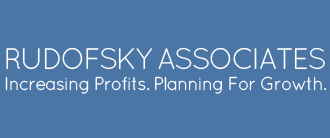Here’s One Question Never to Ask When Seeking Funds
“If a banker asks how much money you want to borrow, and you respond ‘how much will you give me?’ you’ve just disqualified yourself,” Madeline Marquez, VP at the Business Initiative Corporate of New York, told an audience of 200 at the Javits Center, as part of a panel discussion on how start-ups should access capital for their business. It shows you haven’t done your homework, you haven’t prepared, Ms. Marquez explained. She advised audience members who may be seeking SBA-guaranteed loans to start by filling out the SBA form 912 for key management, and the SBA form 413 if you are checking out different banks.
Moderator Steve Cohen, SVP with Empire State Development, led off the panel discussion with a review of various New York State programs and resources to fund and support entrepreneurship. Programs mentioned by Mr. Cohen included the following:
- Innovate NY Fund – $45 million seed stage equity fund
- NY State Innovation Venture Capital Fund – $50 million to fund technology and high growth companies in the state
- Other Resources for Small Business – Including the NYS Contract Reporter, where small businesses can see opportunities to bid on contracts with NY State
Ed Lynch, VP and Credit Relationship Manager for Flushing Bank said that loan seekers need to submit a business plan which should address the following:
- Sources and Uses of Funds
- What % equity will they put in to purchase equipment, working capital, real estate
- How are they going to repay the loan
- If an existing business, what is the company’s history
- What is the past background of the principals, and why are they going into this particular line of business
- Detailed description of the product/service
- What is the revenue model, what is the customer base, and the demographics
Finally, Dan Vacarro, VP of the NY Business Development Corporation rounded out the panel, mentioning that he pays special attention when loan applicants are passionate about their business.


